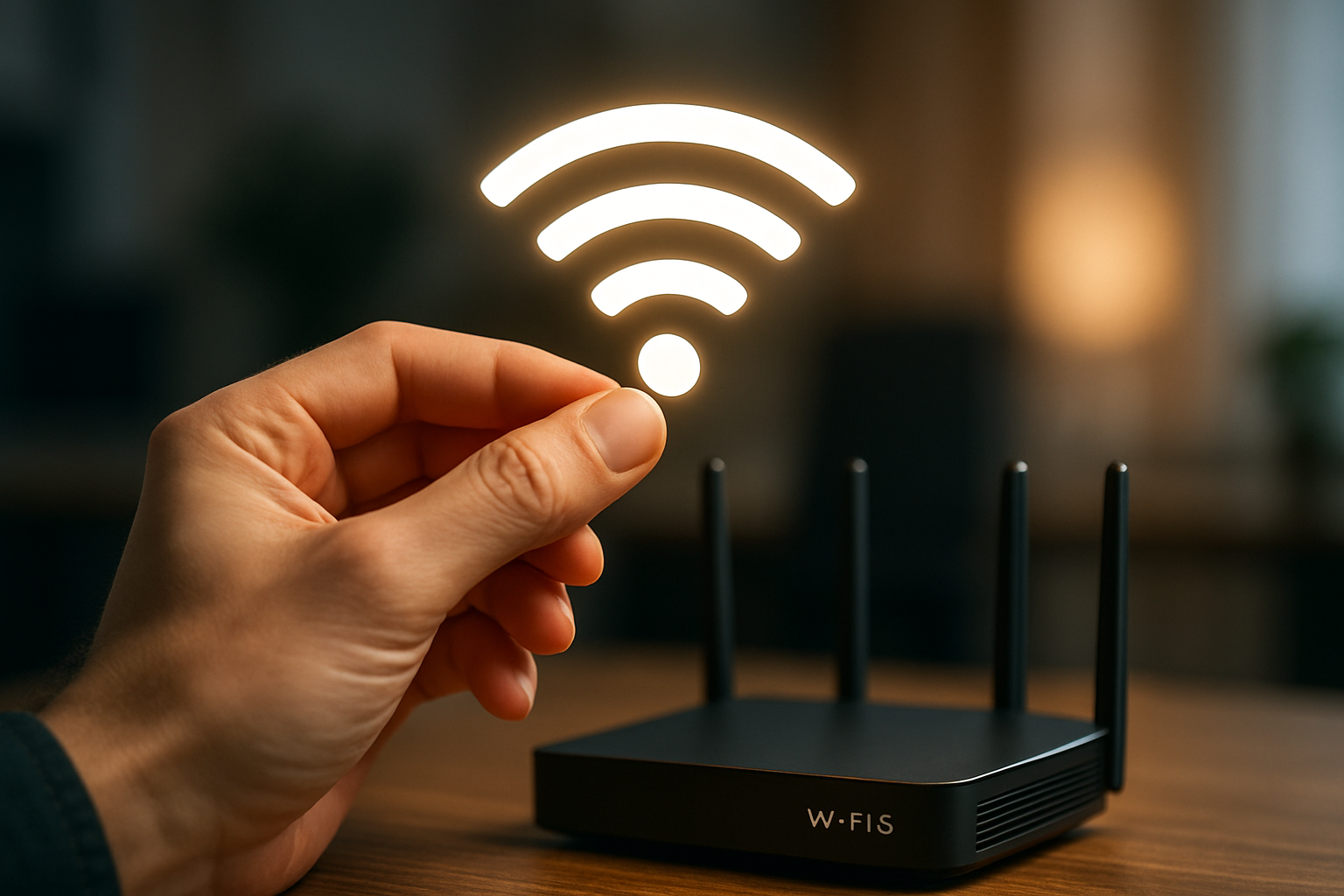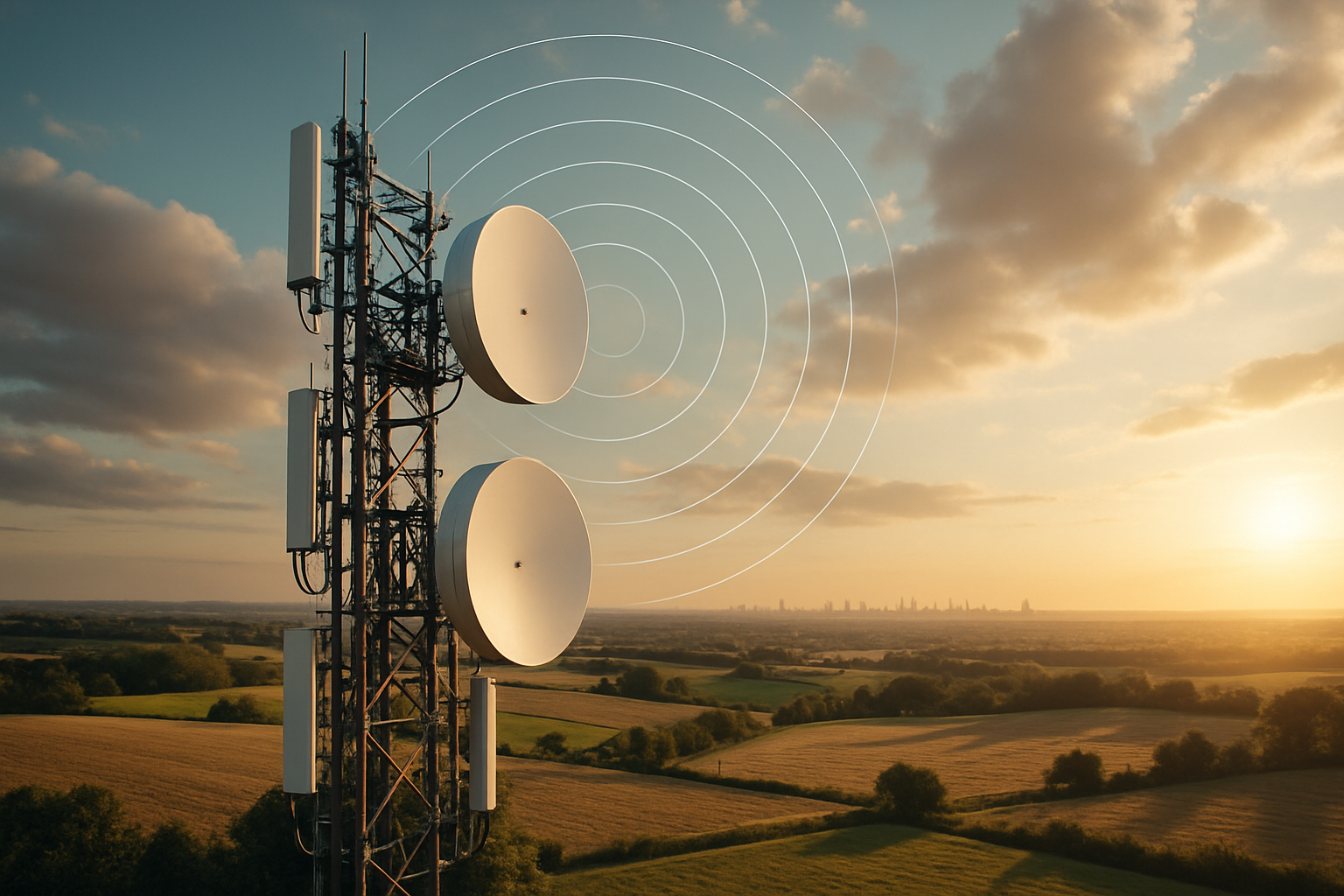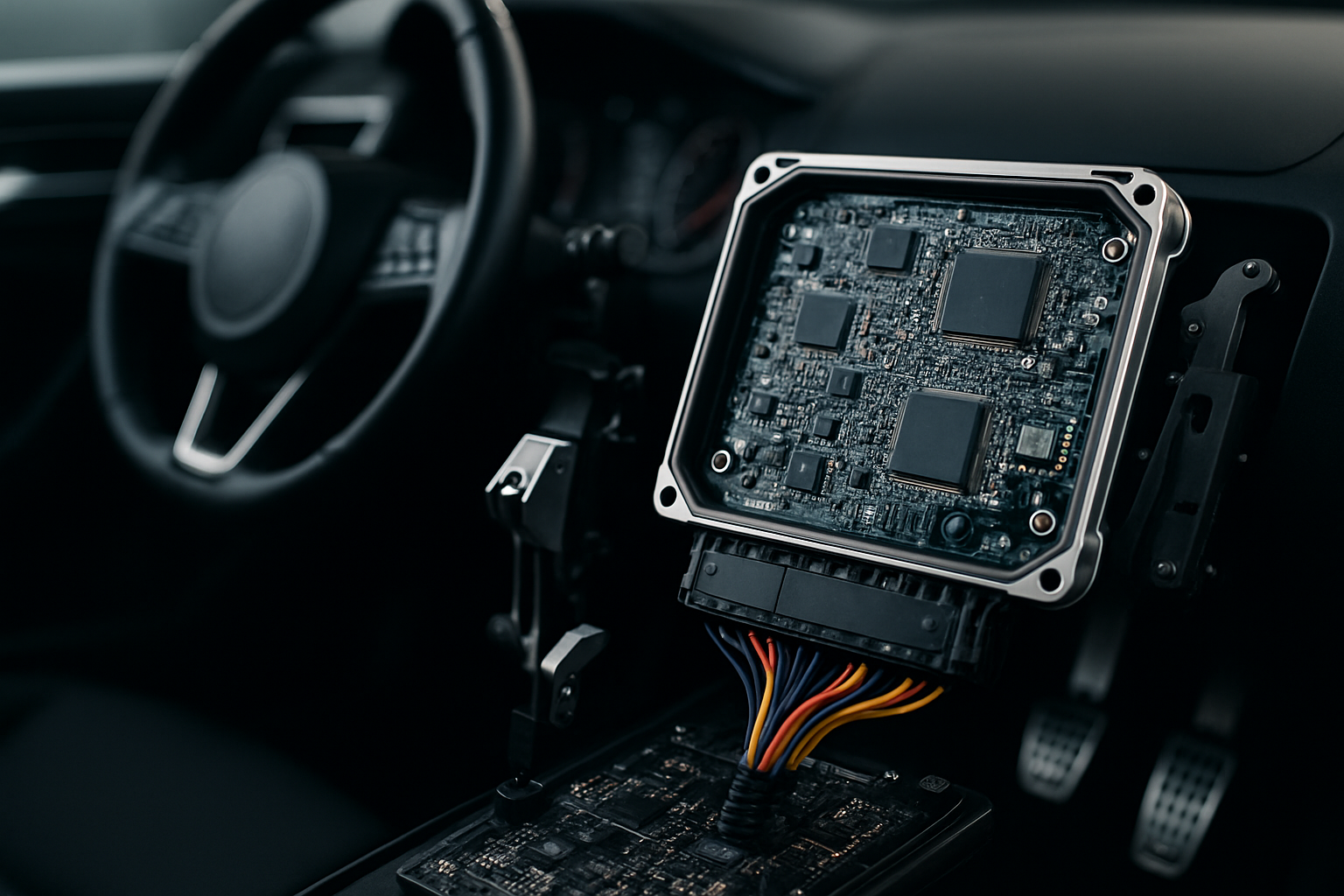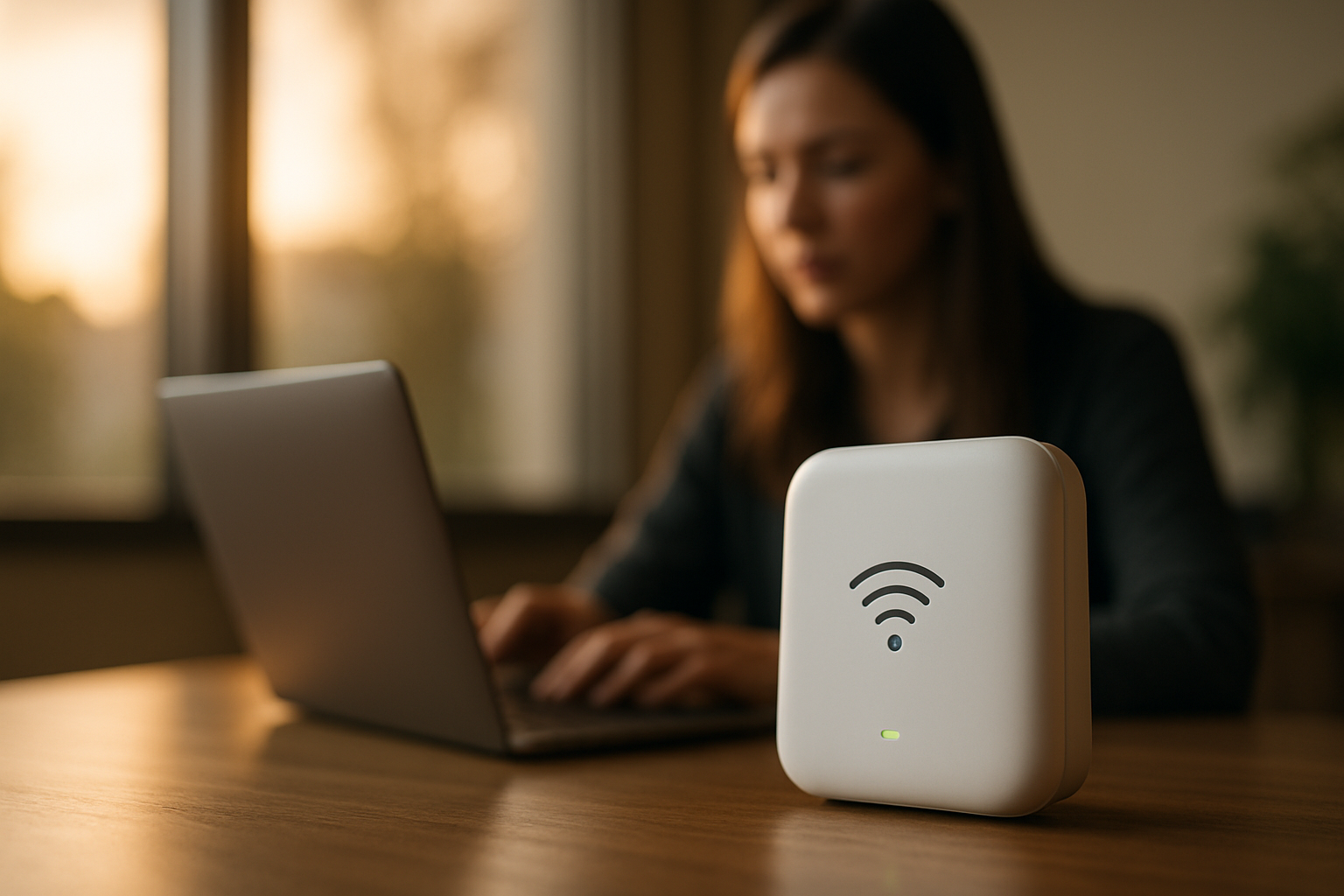"Understanding and Unpacking the Capabilities of Wi-Fi 6"
The world of telecommunications is in a constant state of evolution, with new technologies emerging to replace the old. One of these is Wi-Fi 6, the latest generation of Wi-Fi technology. Introduced by the Wi-Fi Alliance in 2018, Wi-Fi 6, technically known as 802.11ax, is designed to improve speed, increase efficiency, and reduce congestion in heavy bandwidth usage scenarios.

Wi-Fi 6: Key Technological Developments
Arguably, the most significant enhancements of Wi-Fi 6 are its potential for increased speed and capacity. Wi-Fi 6 devices can deliver speeds up to 9.6 Gbps, which is about 2.7 times faster than Wi-Fi 5. This speed is shared among all the devices on the network, making it more efficient. A major technological development that enables this is Orthogonal Frequency-Division Multiple Access (OFDMA), which allows the router to handle more devices at once.
Current Trends and Regulatory Changes in Wi-Fi 6
Wi-Fi 6 is increasingly being adopted across various sectors, including healthcare, education, and retail. The increase in IoT devices and high-bandwidth applications has necessitated a more robust and efficient Wi-Fi standard. However, regulatory challenges still exist. For instance, the Federal Communications Commission (FCC) is yet to finalize rules on 6 GHz band usage, which could potentially unlock more spectrum for Wi-Fi 6.
Impact, Challenges, and Practical Applications of Wi-Fi 6
The significant impact of Wi-Fi 6 cannot be overstated. Its increased capacity and efficiency make it ideal for handling multiple devices in crowded environments like airports, stadiums, or offices. However, challenges persist. Firstly, to fully benefit from Wi-Fi 6, both the router and the device need to support it. Additionally, the cost of Wi-Fi 6 devices is currently relatively high.
Backed by Research: The Potential of Wi-Fi 6
Research indicates that Wi-Fi 6 will offer a substantial improvement in network performance. A study by the Network Test Lab at IHS Markit showed that Wi-Fi 6 routers delivered a median speed of 1,320 Mbps, 40% faster than Wi-Fi 5. This underscores the potential of Wi-Fi 6 in addressing the increasing demand for high-speed, efficient internet connectivity.
In conclusion, Wi-Fi 6 represents a significant leap forward in the telecommunications industry, promising faster speeds, greater efficiency, and the capacity to handle more devices. Though challenges exist, the potential benefits of this technology make it a crucial element in the evolution of wireless connectivity. As it continues to be adopted, it’s clear that Wi-Fi 6 will play a pivotal role in shaping the future of internet connectivity.





